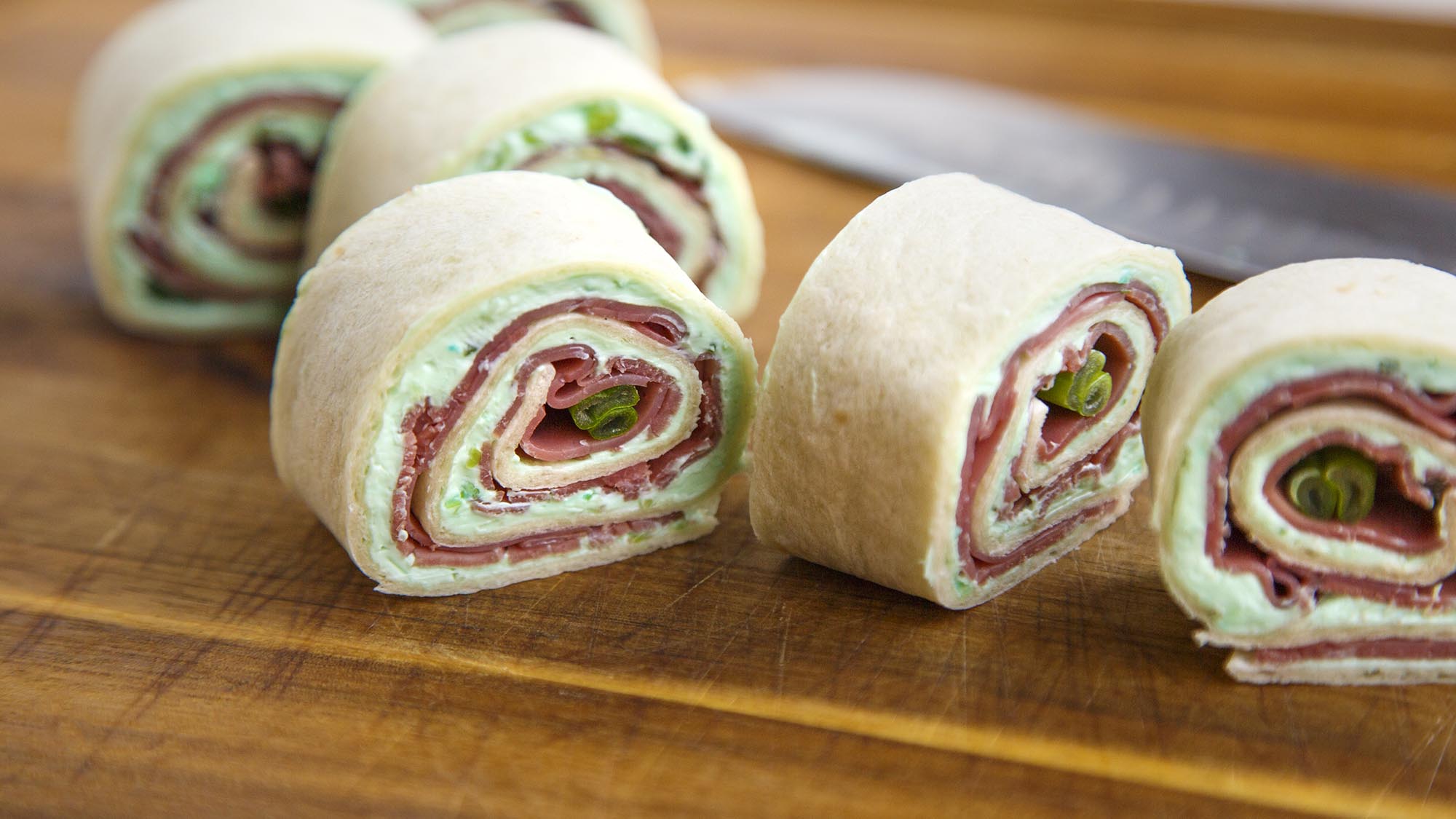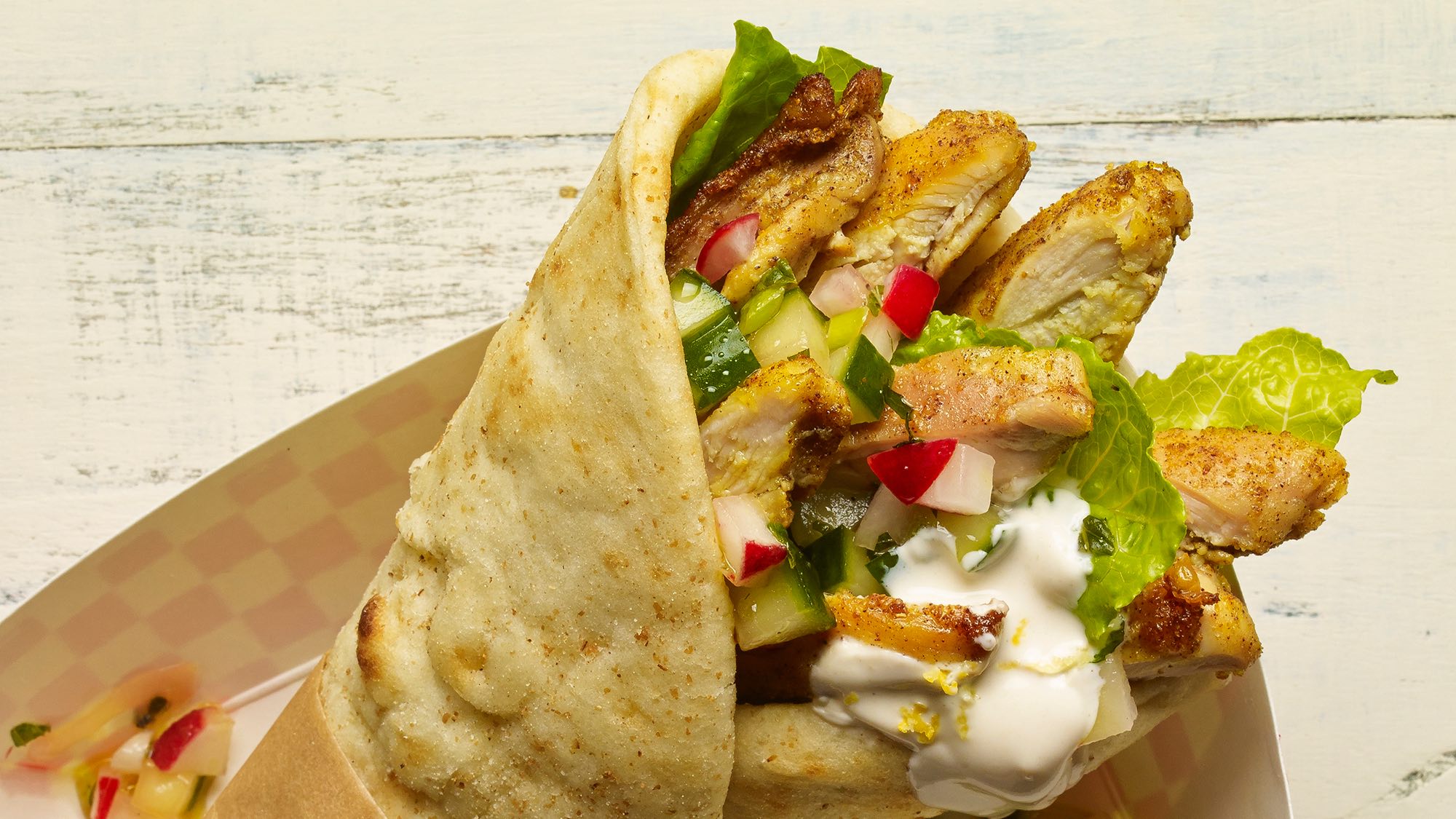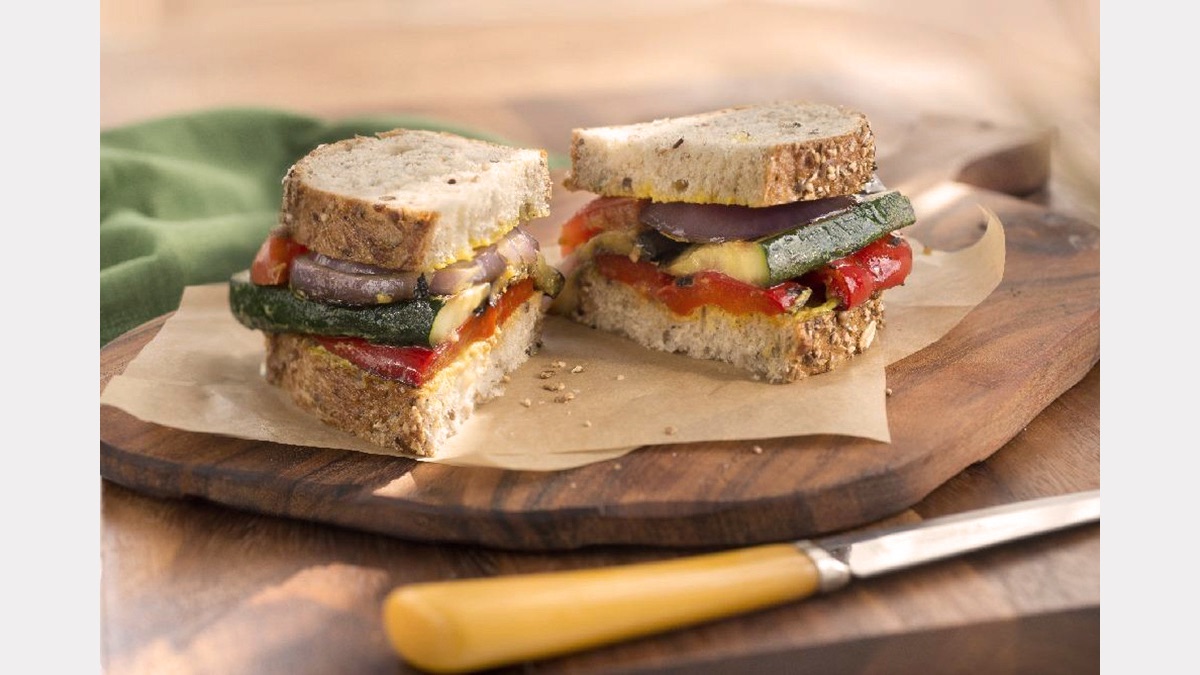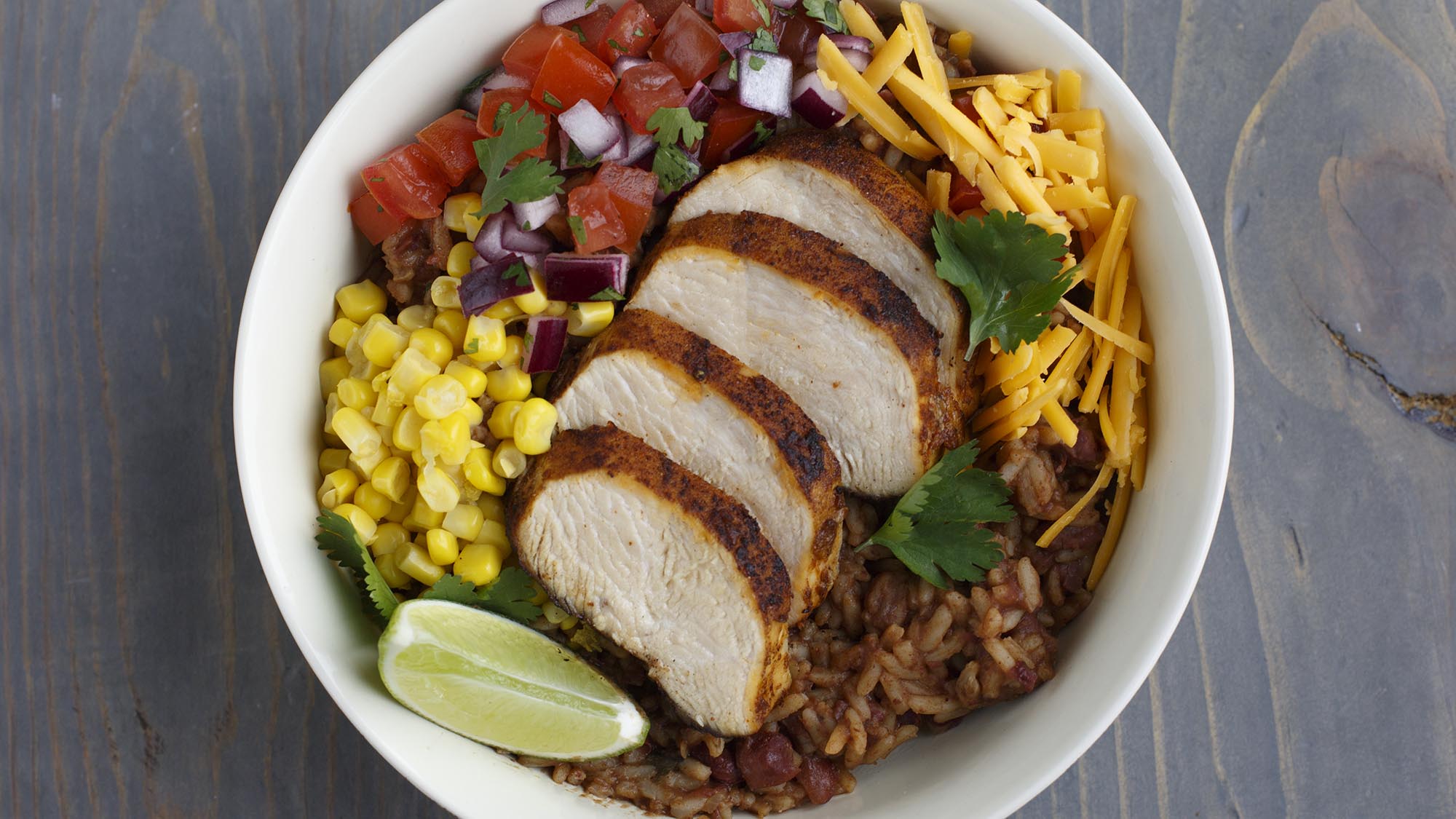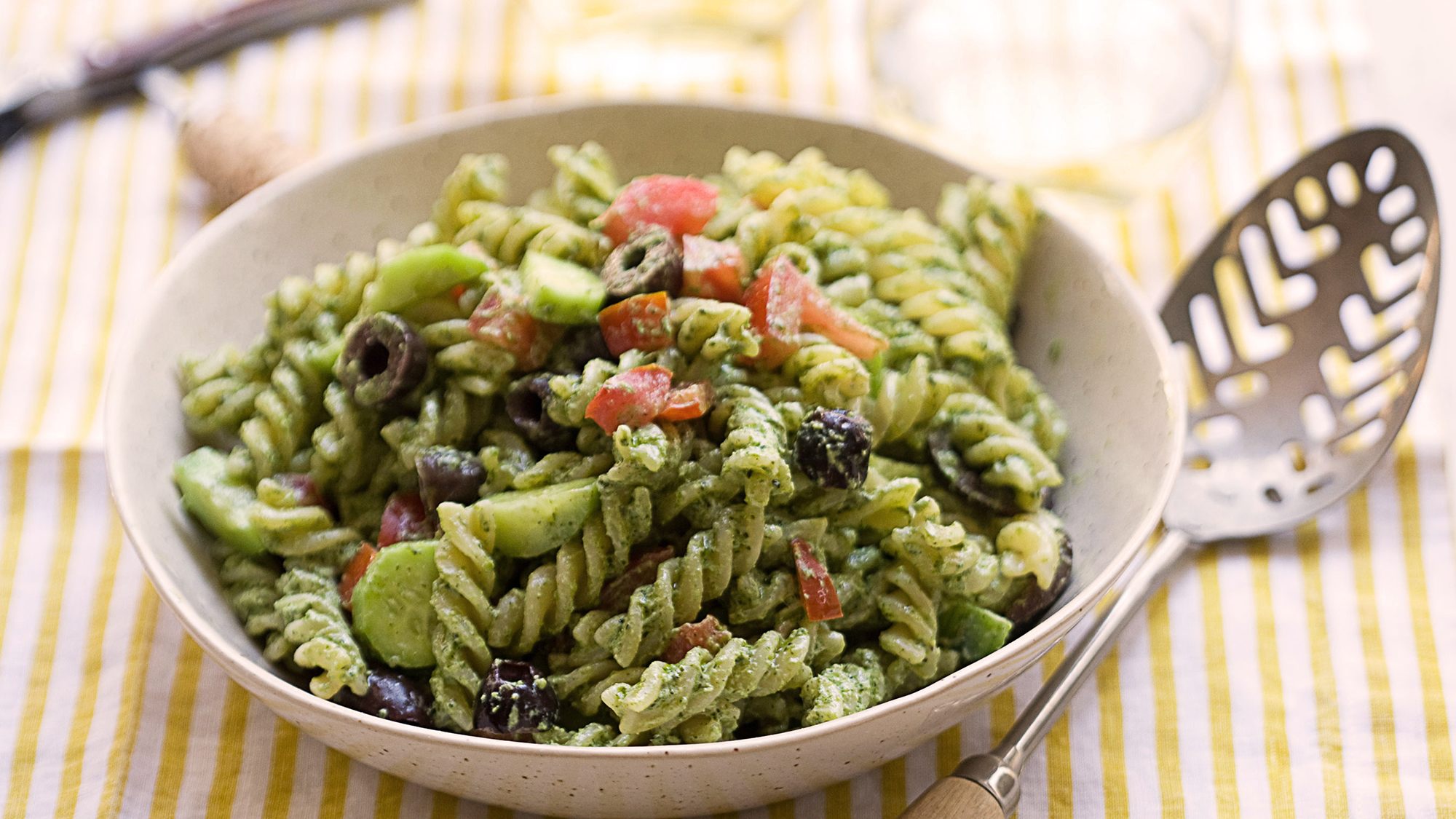Do you remember the first lunch you made for your child? Maybe it was bittersweet. You pictured them eating the sandwich you lovingly prepared and reading the sweet note you wrote, and you smiled. But you knew that eating away from home meant they were growing up, and the opportunities to do things for them would be fewer and farther between. Independence was around the corner, and you wanted to hang on for a few more minutes.
But after a few months of lunches, you were over it. There are plenty of ways to show your love other than putting together a dang sandwich when you're ready to go to bed, or before you have your coffee (if you're a procrastinator like I am). The time has come for DIY lunches. The kids will love the newfound freedom, and you'll love the extra few minutes of sleep.
Confession time: My husband likes making the kids' lunches, and he usually does it. He makes great sandwiches (or artfully packaged leftovers, or other transportable main courses), and they enjoy them. So how do I know the kids are capable? Because when he's out of town or leaves too early to get the job done, I don't make those lunches. The boys put them together like champs or, you know, like the reasonably competent human beings they are.
If you're like me, and you'd rather get in bed a little earlier at night or get out a little later in the morning, here's how you can get your children to DIY school lunches.
1. Talk to them about food.
I'm willing to bet most foodies with kids do talk about food with them: what tastes good, what's healthy, what herbs and spices are best used in homemade vinaigrette. You know, the usual stuff. The sooner they know how to build a healthy meal, the better.
Bonus: Once they can make their own lunches, they're only a year or two away from getting dinner on the table for the whole family!
2. Have them help as soon as possible.
Kids can start learning their way around the kitchen as soon as they can walk. "Can you choose a piece of fruit?" "Please go to the fridge and pick turkey or ham for your sandwich." "Can you pass me the bread, please, and get out a knife for the mustard?" You're doing this already, right? They're clearing dishes, cleaning their rooms and feeding the family dog. Familiarizing children with routines makes the transition to doing it themselves easier. This is why we let them help, because goodness knows a 3-year-old is never as much help as you'd like them to be.
3. Make it easy. Give them a formula.
Although some parents are creative with lunches, a lot of us have a formula. Ours is sandwich, fruit and an extra thing (usually something crunchy, but occasionally something sweet). We don't always stick to it, and dinner leftovers that make for a good lunch are in high demand (hello, fried rice). But if your children know the drill, it's easy for them to put together a decent lunch.
Remember to keep the goods in places they can access easily. Depending on when the growth spurt hits, you may need to reserve the bottom shelf for a while.
4. Give them choices. But not too many choices!
Choices are the most fun part of making lunch. When you go shopping, ask what they'd like you to buy for their lunches. If he's always wanted to try the pumpernickel and rye swirl bread, go for it. Let her choose a different kind of fruit every day, or eat the same one if that's what she prefers. And I'm not trying to tell you how to parent, but I will tell you what works for me: I give my crew choices, but not so many they think they own the world.
We as adults don't get whatever we want to eat, whenever we want it, and kids can learn early that limited choices help us save money and waste less. Yes, dear, you do have to eat all the smoked turkey before we go buy salami, unless you can pawn it off on your brother, of course. Choices are good, but your pantry doesn't need to look like the snack aisle at the grocery store.
5. Don't judge. It's just one meal.
When you're ready to cut the cord and let the kids run wild and free in the kitchen, get ready to really let go. What if one day they make a fluffernutter and choose a chocolate chip granola bar? Well, it'll be OK. It can be tempting to tell them to remake the lunch or substitute a better choice, but just let it go (and serve extra vegetables for dinner). And maybe next time don't have marshmallow fluff and chocolate chip granola bars in the house at the same time.
(Anne Wolfe Postic is a contributor to TheKitchn.com, a nationally known blog for people who love food and home cooking. Submit any comments or questions to editorial@thekitchn.com.)
This article is written by Anne Wolfe Postic from The Kitchn and was legally licensed via the Tribune Content Agency through the NewsCred publisher network. Please direct all licensing questions to legal@newscred.com.




